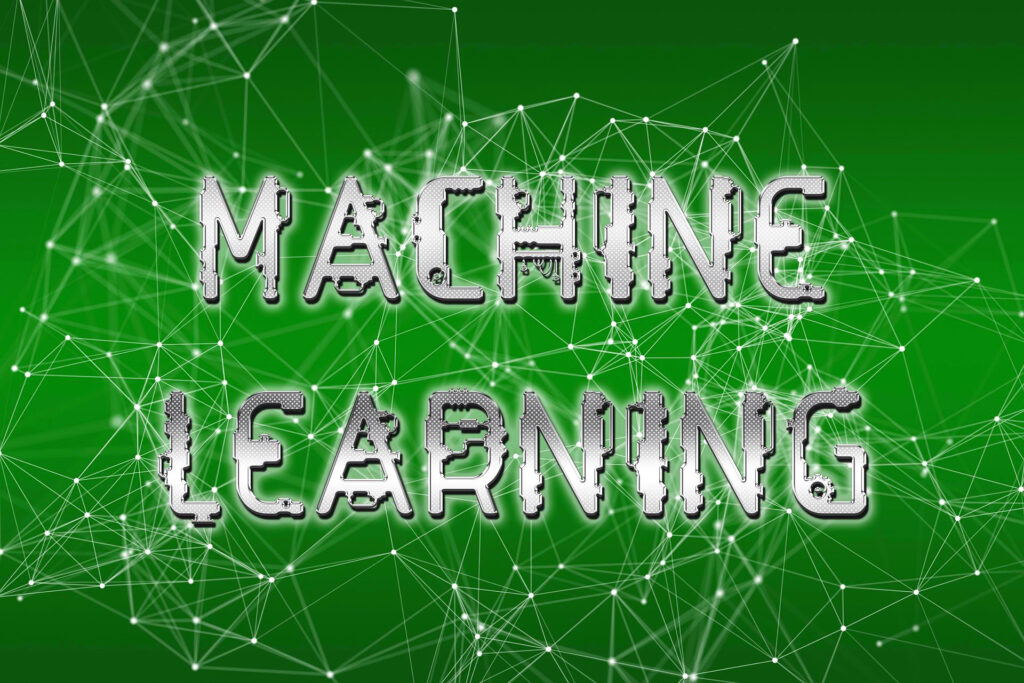Machine learning is a technology that is used to build systems that can learn from large datasets instead of relying on explicit instructions. This allows you to solve complex problems that have previously been hard to automate. These days it’s everywhere, and it’s changing the world in exciting ways.
Machine learning, just like artificial intelligence, is one of the phrases that has become overused in recent years. Many people do use the terms interchangeably, even though they are not the same. The problem is that many people have no idea how machine learning is used. With all of this confusion surrounding what machine learning is and how it can be used for business today, it can be hard for you to separate fact from fiction.
Machine learning is one of those words that can seem both scary and exciting at the same time. For many, I imagine that it needs to be explained with a lot of technical jargons: regression, classification algorithms, and neural networks. But the fact is machine learning has been around us for a while now and is already at work behind the scenes.
It’s not often that you hear about how machine learning can be used for business. But it’s true — there’s tremendous potential for Machine Learning to infiltrate everything about a business, from customer service to sales. The question is: how can we use Machine Learning to benefit businesses? Machine learning can be an effective tool for businesses because of its powerful potential, ability to analyze large data sets, and ability to learn from previous results.
The most pressing problem businesses are currently facing is the fact that they are unable to keep up-to-date with the fast pace at which technology is evolving. This is where machine learning (ML) enters the picture. It involves a range of techniques that allows computers to learn without being explicitly programmed. This can be utilized in many areas for businesses, such as market forecasting, identifying consumer preferences and sentiment analysis.

Machine learning is often seen as a process that requires an understanding of “deep” mathematics, an outstanding infrastructure, and a talented team of developers. The truth is that machine learning can be used in many different ways to support your current business operations and future endeavors.
Businesses have been working with data to improve their marketing and advertising strategies but it hasn’t always been a straight forward approach. As more businesses look to Big Data as an essential part of their marketing strategy, machine learning has become a highly sought-after skill. I believe that all businesses should begin incorporating machine learning into their business process in the very near future.
With the growth of machine learning and artificial intelligence, experts have been able to develop technology that makes organizations more efficient, helps them make better decisions, and optimizes business processes.
The ability of a machine to learn from its experience and improve its performance – that’s what machine learning is all about. Through machine learning, you can train computers to perform human-like tasks by feeding them data and information in the form of observations and real-world interactions.
It helps computers to learn without being explicitly programmed. It is, without a doubt, one of the most intriguing technologies ever devised. Artificial intelligence includes machine learning as well. Learning algorithms use sample data, referred to as “training data,” to create a mathematical model that allows them to make predictions or judgments without being expressly programmed to do so.
Unsupervised and supervised machine learning algorithms are the two types of machine learning algorithms. In order to predict future events, supervised algorithms can apply what they’ve learnt in the past to fresh data using labeled examples.
The learning method generates an inferred function to make predictions about output values based on the study of a known training dataset. The system may provide objectives for any new input after proper training. The learning algorithm can also compare its output to the correct, intended output and detect faults, allowing the model to be adjusted as needed.
In unsupervised learning, algorithms are left to their own devices to discover and present the interesting structure in input data on. In the past few years, ML has become a mainstream method for solving complex problems. It has been used to great effect in recommendations (e.g., Amazon, Netflix), search relevance (e.g., Google), image recognition (e.g., Facebook), and fraud detection (e.g., banks).
In a nutshell, ML takes a large number of inputs and uses them to train models that can be tested and evaluated for accuracy, before being applied to new data. The model development process is iterative: the model is tweaked until it performs at the desired level of accuracy.
The more data you have available, the better your model will perform, which means that ML is an excellent tool for analyzing big data sets. But few organizations have the resources or expertise to manage that amount of data on their own infrastructure.
As machine learning has become more widespread, it’s helping businesses improve their products and services. The technology is also influencing the way we think about human potential.
For example, in a recent article, The New York Times reported that a computer program called AlphaGo beat a human player of the ancient Chinese board game Go. (It’s like chess, but with more squares and a different set of rules.)
The reason this is so remarkable is that until recently, humans were unbeatable in this game. However, machines are now better than we are at playing it — thanks to their ability to process “big data” and learn from experience.
The human brain sees something similar when it learns how to do something new. We practice something over and over again until we ingrain it into our memory. In fact, we do this with everything from tying our shoes to driving cars to playing sports — all of which take some time to master.
But as we become more successful at these things, we develop habits that don’t require much thinking at all. We learn just enough to be able to perform well without having to spend a lot of time on each task. When you get up in the morning and get ready for work, you probably don’t have to think about each. Indeed, machine learning is still in its early stages and even scientists are divided about the future of these intelligent machines.
It’s difficult to anticipate where this quest will end up taking us. As our computers begin to understand more than we do, they should be able to help us understand more, too. However, the result of this effort is likely to be a far more intelligent technology, with many valuable benefits for those who use it. Despite this, we can be certain that it will continue to revolutionize industries in unimaginable ways and create tons of opportunities.
